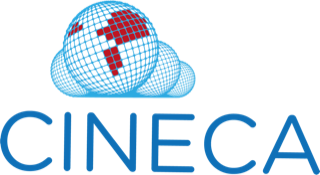Authors: Jenny Copara (SIB), Nona Naderi (SIB), Alexander Kellmann (UMCG), Gurinder Gosal (SFU), William Hsiao (SFU), Douglas Teodoro (SIB)
Contributing Partners: UMCG, SFU, UCT, HES-SO, SIB, EMBL-EBI
Unstructured and semi-structured cohort data contain relevant information about the health condition of a patient, e.g., free text describing disease diagnoses, drugs, medication reasons, which are often not available in structured formats. One of the challenges posed by medical free texts is that there can be several ways of mentioning a concept. Therefore, encoding free text into unambiguous descriptors allows us to leverage the value of the cohort data, in particular, by facilitating its findability and interoperability across cohorts in the project.
Named entity recognition and normalization enable the automatic conversion of free text into standard medical concepts. Given the volume of available data shared in the CINECA project, the WP3 text mining working group has developed named entity normalization techniques to obtain standard concepts from unstructured and semi-structured fields available in the cohorts. In this deliverable, we present the methodology used to develop the different text mining tools created by the dedicated SFU, UMCG, EBI, and HES-SO/SIB groups for specific CINECA cohorts.
